The vibrant and colorful Rojak of Malaysia is a beloved dish that captures the essence of the country's diverse culinary heritage. A medley of fruits and vegetables tossed in a thick, savory-sweet sauce, Rojak is a celebration of flavors and textures. However, one aspect that often goes unnoticed is the inevitable process of oxidation that affects the fruits in this dish. Over time, the cut fruits begin to brown, altering not just their appearance but also their taste and nutritional value. Understanding this phenomenon requires a deeper look into the science behind fruit oxidation and how it impacts Malaysia's iconic street food.
Oxidation is a natural chemical reaction that occurs when the flesh of fruits is exposed to air. Enzymes such as polyphenol oxidase interact with oxygen, leading to the formation of brown pigments known as melanins. This is particularly noticeable in fruits like guava, mango, and pineapple, which are staples in Rojak. While the browning does not necessarily make the fruits unsafe to eat, it does affect their visual appeal and can slightly alter their flavor profile. For a dish like Rojak, where presentation is as important as taste, oxidation poses a unique challenge.
In traditional Malaysian food stalls, vendors often prepare Rojak fresh upon ordering to minimize the effects of oxidation. The fruits are cut and mixed with the sauce just before serving, ensuring that the dish retains its bright, appetizing colors. However, in settings where pre-cutting is necessary, some vendors employ tricks to slow down the browning process. A light drizzle of lime or calamansi juice, which contains citric acid, can act as an antioxidant, delaying the enzymatic reaction. Another method involves briefly soaking the fruits in saltwater, though this is less common due to the risk of altering the natural sweetness of the ingredients.
The cultural significance of Rojak in Malaysia adds another layer to the discussion of oxidation. The dish is more than just a snack—it symbolizes the harmony of different elements coming together, much like the country's multicultural society. When the fruits oxidize and lose their freshness, it subtly mirrors the idea that even the most beautiful combinations require care and attention to maintain their integrity. This metaphor extends to the way Malaysians view their food: as something that must be cherished and consumed at its peak.
From a nutritional standpoint, oxidation also affects the vitamin content of the fruits in Rojak. Vitamin C, which is abundant in many of the fruits used, is particularly sensitive to air exposure. As the fruits brown, some of this vital nutrient degrades, reducing the health benefits of the dish. While Rojak is not typically consumed for its nutritional value alone, the loss of vitamins is still a consideration for health-conscious eaters. This has led some modern takes on Rojak to incorporate fruits that oxidize more slowly or to serve the dish with vitamin-rich garnishes like crushed peanuts and ginger flower to compensate.
Despite the challenges posed by oxidation, Malaysians continue to embrace Rojak in all its forms. The dish's enduring popularity speaks to its ability to adapt and evolve while staying true to its roots. Whether enjoyed fresh from a street vendor or prepared at home with anti-oxidation hacks, Rojak remains a testament to Malaysia's rich culinary creativity. The next time you savor this flavorful mix, take a moment to appreciate not just its taste but also the delicate balance between freshness and time—a balance that makes Rojak all the more special.
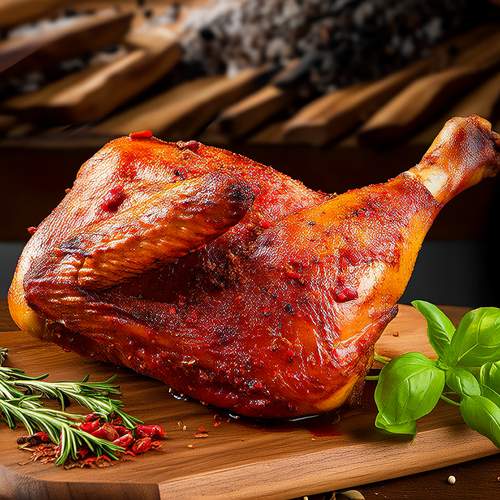
By /May 26, 2025
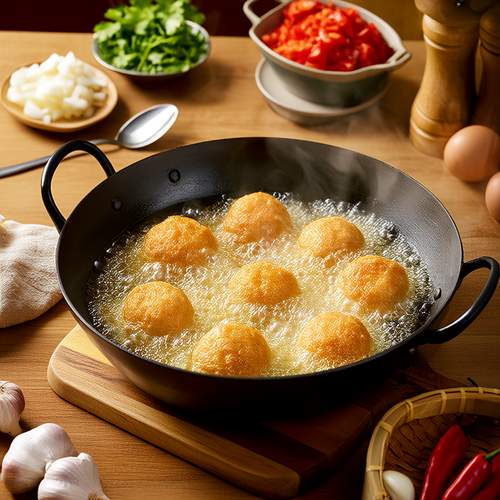
By /May 26, 2025
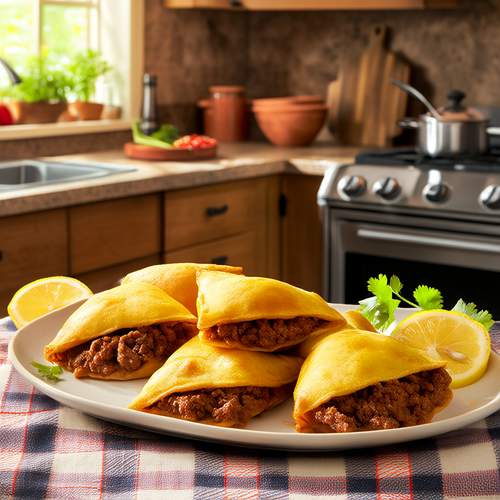
By /May 26, 2025
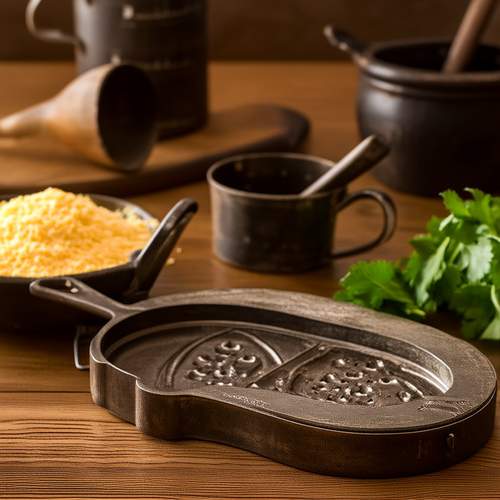
By /May 26, 2025
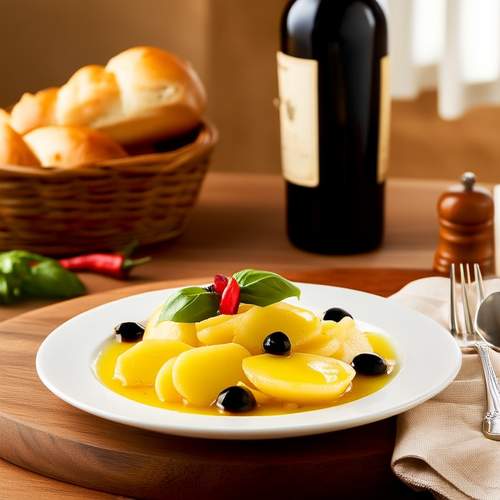
By /May 26, 2025
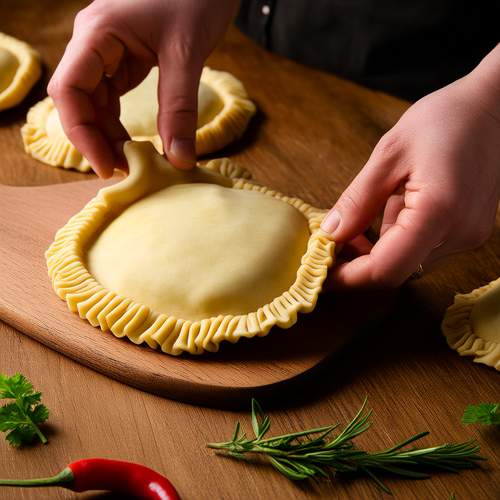
By /May 26, 2025
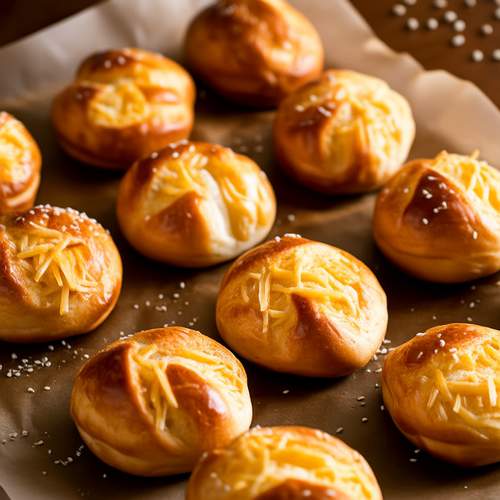
By /May 26, 2025
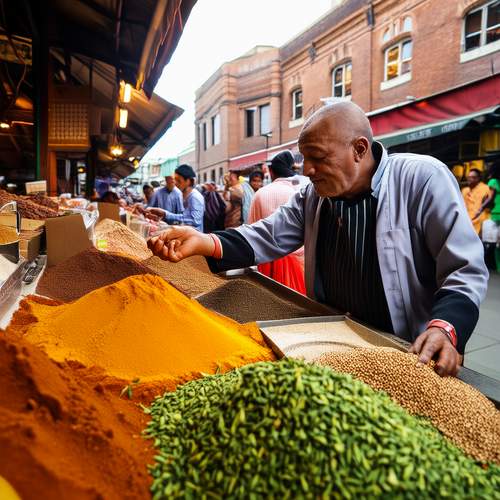
By /May 26, 2025
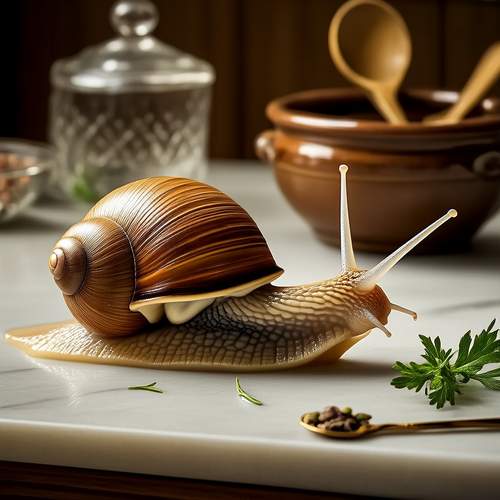
By /May 26, 2025
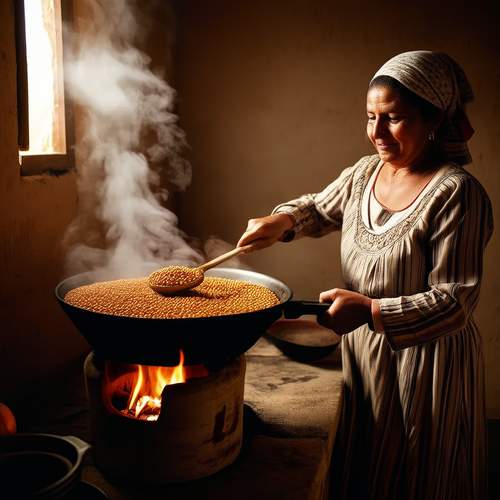
By /May 26, 2025
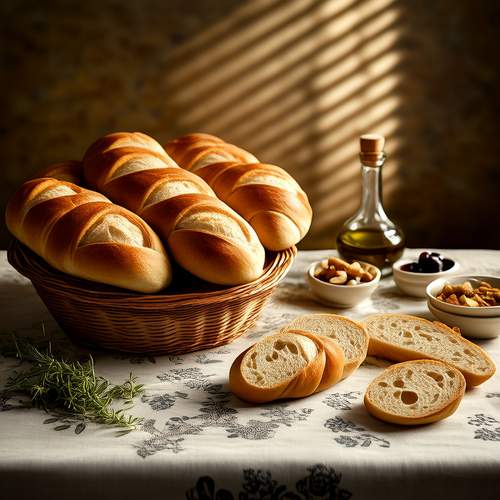
By /May 26, 2025
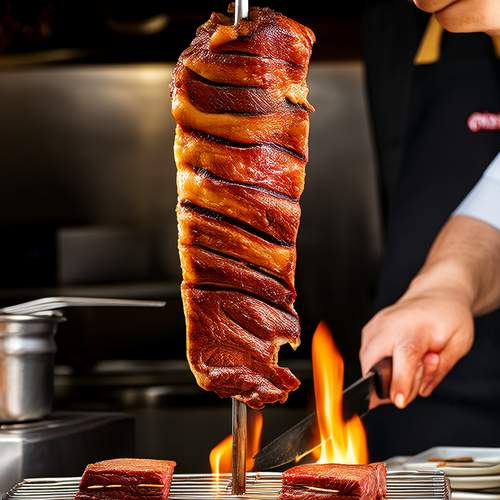
By /May 26, 2025
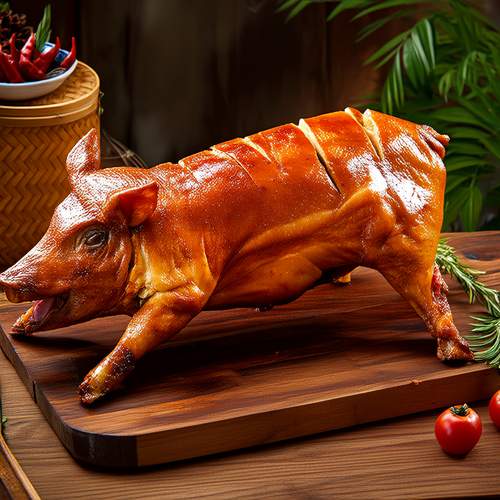
By /May 26, 2025
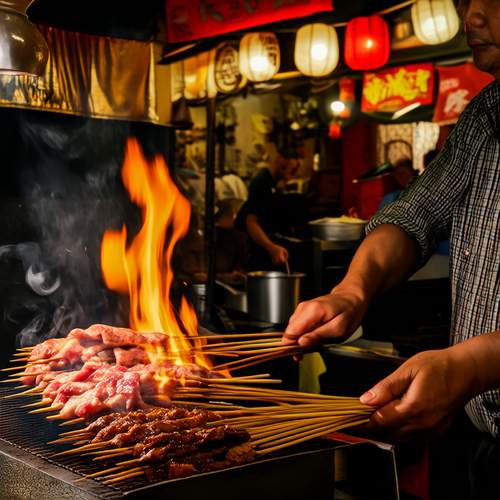
By /May 26, 2025
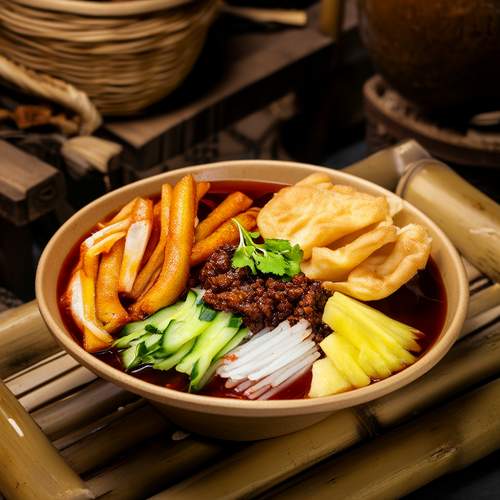
By /May 26, 2025
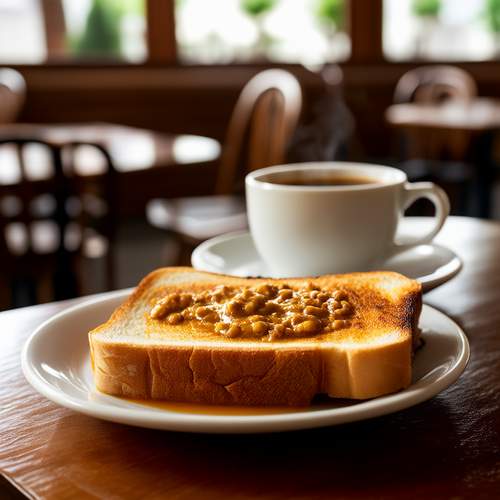
By /May 26, 2025
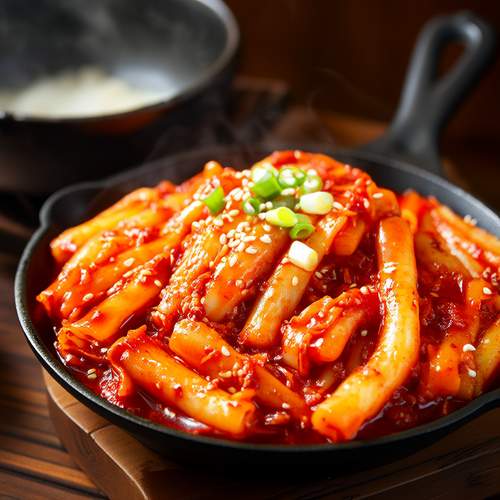
By /May 26, 2025
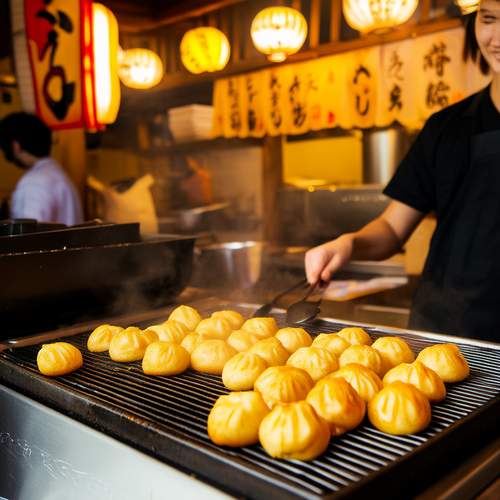
By /May 26, 2025

By /May 26, 2025
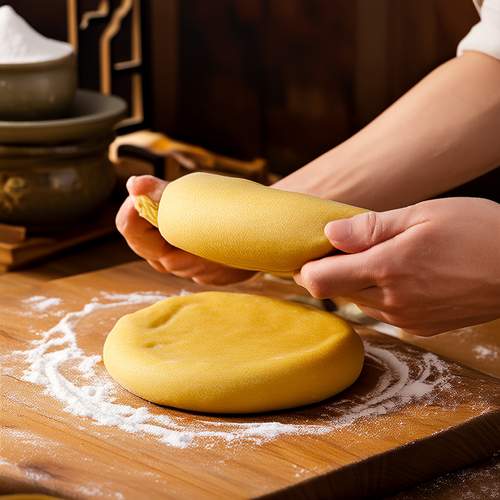
By /May 26, 2025